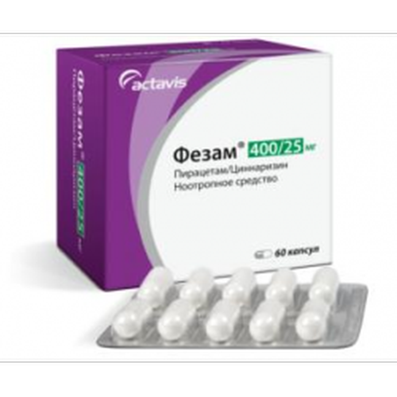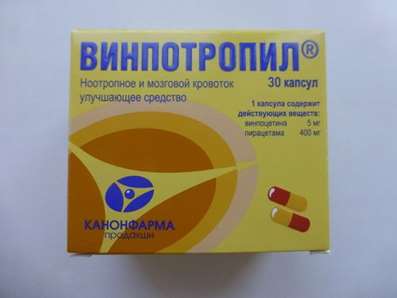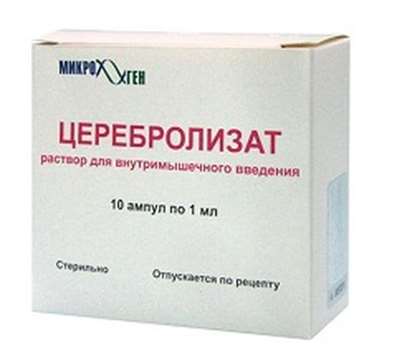Instruction for use: Loperamide (Loperamidum)
I want this, give me price
Characteristic of Ademetionin
Antidiarrheal drugs
Nosological classification (ICD-10)
A04.9 Bacterial intestinal infection, unspecified
Bacterial intestinal infections, GI tract infections, Infections of intestinal bacterial, Digestive tract infections, Infectious-inflammatory diseases of the digestive tract, Infectious Disease of the GI tract, Infection of the intestine, Intestinal infection, Acute infectious disease of the digestive tract, Acute intestinal disease with colon lesions, Acute intestinal infection
A09 Diarrhea and gastroenteritis of allegedly infectious origin (dysentery, bacterial diarrhea)
Bacterial diarrhea, Bacterial dysentery, Bacterial infections of the digestive tract, Bacterial gastroenteritis, Diarrhea bacterial, Diarrhea or dysentery of amoebic or mixed etiology, Diarrhea of infectious genesis, Diarrhea on the background of antibiotic therapy, Traveler's Diarrhea, Travelers diarrhea due to changes in diet and habitual diet, Diarrhea due to antibiotic therapy, Dysenteric bacteriocarrier, Dysenteric enteritis, Dysentery, Dysentery bacterial, Dysentery mixed, Gastrointestinal infection, GI tract infections, Infectious diarrhea, Infectious Disease of the GI tract, Infection of the gastrointestinal tract, Infection of the biliary tract and gastrointestinal tract, GI tract infection, Summer diarrhea, Nonspecific acute diarrhea of infectious nature, Nonspecific chronic diarrhea of infectious nature, Acute bacterial diarrhea, Acute diarrhea in food poisoning, Acute dysentery, Acute bacterial gastroenteritis, Acute gastroenterocolitis, Acute Enterocolitis, Subacute dysentery, Diarrhea chronic, Refractory diarrhea in AIDS patients, Staphylococcal enteritis in children, Staphylococcal enterocolitis, Toxic diarrhea, Chronic dysentery, Enteritis, Enteritis infectious, Enterocolitis
K52.2 Allergic and alimentary gastroenteritis and colitis
Alimentary Colitis, Allergic Colitis, Gastroenteritis alimentary, Gastroenteritis allergic, Allergic diarrhea, Allergic gastroenteropathy, Medicinal gastroenteritis
K59.1 Functional diarrhea
Diarrheal syndrome, Diarrhea, Diarrhea with prolonged enteral feeding through the probem, Prolonged diarrheam Nonspecific diarrhea, Acute diarrhea, Diarrhea, Syndrome of diarrhea, Functional diarrhea, Chronic diarrhea, Diarrhea with an electrolyte balance disorder, Chronic diarrhea, Diarrhea of non-infectious genesis, Diarrhea after a gastroectomy, Diarrhea in children, Persistent diarrhea, Diarrhea (diarrhea), Enterocolitis of non-infectious origin
Z93.2 Presence of ileostomy
Ileostomy
Code CAS 53179-11-6
Characteristics of the substance Loperamide
Loperamide hydrochloride - powder from white to yellowish. It is soluble in methanol, isopropyl alcohol, chloroform, slightly soluble in water. Molecular weight 513.51.
Pharmacology
Pharmacological action - antidiarrheal.
It interacts with the opiate receptors of the longitudinal and annular muscles of the intestinal wall and inhibits the release of acetylcholine and PG. Slows intestinal peristalsis and increases the time of passage of intestinal contents. Increases the tone of the anal sphincter, helps to retain the feces and reduce the urge to defecate. Inhibits fluid and electrolyte secretion into the intestinal lumen and / or stimulates the absorption of salts and water from the intestine. In high doses, it may inhibit the secretion of hydrochloric acid in the stomach. The action develops quickly and lasts 4-6 hours.
When taking loperamide, there were no cases of tolerance or drug dependence. However, in monkeys, when taking high doses of loperamide, a morphine-like relationship was observed.
Poor (about 40% of the dose) absorbed in the digestive tract. Due to the high affinity to receptors of the intestinal wall and a high degree of biotransformation during the "first pass" through the liver, the plasma level of the unchanged substance after taking 2 mg of loperamide hydrochloride (1 capsule) is below 2 ng / ml. Tmax - about 2.5 hours after taking the solution and 5 hours - after taking the capsules, while Cmax is approximately the same for both forms. Plasma protein binding - 97%. T1 / 2 is 9.1–14.4 hours (average 10.8 hours). Metabolized in the liver, displayed mainly in the form of conjugates with bile and feces, partly with urine.
Carcinogenicity, mutagenicity, effect on fertility
In the 18-month study in rats with the introduction of loperamide doses in excess of MRDC (up to 133 times), no carcinogenic effect was found. No mutagenicity studies were performed. Reproduction studies in rats have shown that high doses of loperamide (150–200 times higher than mRDC) can cause infertility in females and a decrease in fertility in males.
Pregnancy. Teratogenic effects. Reproduction studies in rats and rabbits have shown that loperamide, when used in doses no more than 30 times higher than MRDCH, does not cause teratogenic effects and does not harm offspring.
Lactation. It is not known whether loperamide passes into breast milk. In the study of pre- and postnatal development of offspring in rats with the introduction of loperamide at a dose of 40 mg / kg to lactating female rats, a decrease in the survival of offspring was observed.
Indications
Symptomatic treatment of acute and chronic diarrhea caused by changes in the diet and qualitative composition of food, metabolic disorders and absorption, as well as allergic, emotional, drug, radiation genesis; with diarrhea of infectious genesis - as an aid; ileostomy (in order to reduce the frequency and volume of stool, as well as to give a density of its consistency).
Contraindications
Hypersensitivity, intestinal obstruction, diverticulosis, acute ulcerative colitis, pseudomembranous colitis caused by taking broad-spectrum antibiotics; other conditions in which the inhibition of intestinal peristalsis is unacceptable; acute dysentery (especially with the presence of blood in the stool and accompanied by increased body temperature) and other gastrointestinal infections (caused including Salmonella spp., Shigella spp. and Campylobacter spp.); children's age up to 6 years.
Restrictions for use
Severe abnormal liver functions and children from 2 to 12 years old (possible only with medical supervision).
pregnancy and lactation
It should not be used during pregnancy (especially in the first trimester) and breastfeeding (there are no adequate and well-controlled studies in pregnant and lactating women).
Category of action on the fetus by the FDA - C.
Side Effects
On the part of the digestive tract: constipation and / or bloating, intestinal colic, pain or discomfort in the abdomen, nausea, vomiting, dry mouth, intestinal obstruction (very rare); for lozenges (optional) - a burning sensation or tingling of the tongue that occurs immediately after taking the tablets.
From the nervous system and sensory organs: fatigue, drowsiness, dizziness.
Allergic reactions: skin rash, urticaria, extremely rare - anaphylactic shock and bullous rash, including toxic epidermal necrolysis (in most cases, patients took other drugs that could cause adverse reactions or promote their occurrence).
Other: urinary retention (rare).
Interaction
The simultaneous use of loperamide with opioid analgesics may increase the risk of severe constipation.
Overdose
Symptoms: CNS depression (stupor, incoordination, drowsiness, miosis, muscle hypertonus, respiratory depression), intestinal obstruction.
Treatment: use (if necessary) of the antidote - naloxone. Given that the duration of action of loperamide is longer than that of naloxone, it is possible to re-administer an antagonist. Long-term and careful observation of the patient (at least for 1 day) and the conduct of symptomatic therapy, gastric lavage, the appointment of activated carbon, mechanical ventilation.
Route of administration
Inside
Precautions for Loperamide
If there is no clinical improvement or acute constipation, abdominal distention, partial intestinal obstruction within 48 hours in acute diarrhea, loperamide should be stopped.
In chronic diarrhea, loperamide can be taken only by prescription.
Loperamide should be used with caution in young children due to its greater sensitivity to the opiate-like effects of loperamide - action on the central nervous system. During the treatment of diarrhea (especially in children) it is necessary to compensate for the loss of fluid and electrolytes. Dehydration may contribute to a change in the reaction to loperamide.
Use with caution in elderly patients (possible masking of dehydration symptoms and variability of response to loperamide).
In patients with liver dysfunction, careful monitoring of toxic signs of CNS damage is required (metabolism of loperamide slows down).
In patients with travelers' diarrhea, a decrease in intestinal motility caused by loperamide may lead to a prolonged increase in temperature due to slower elimination of microorganisms (Shigella, Salmonella, some Escherichia coli strains, etc.) and their penetration into the intestinal mucosa.
During the period of treatment, care must be taken when driving a car or working with equipment.

 Cart
Cart





